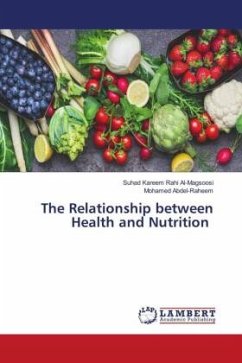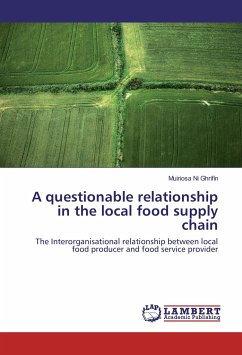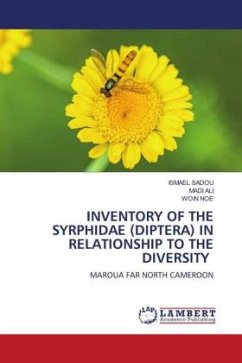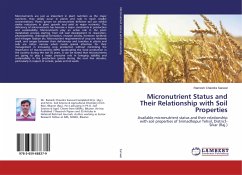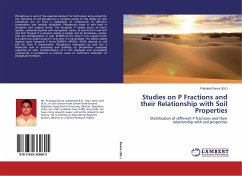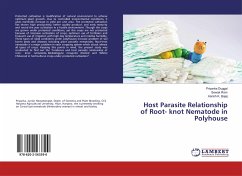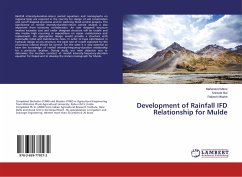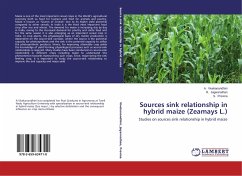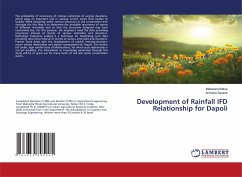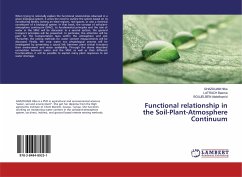
Functional relationship in the Soil-Plant-Atmosphere Continuum
Versandkostenfrei!
Versandfertig in 6-10 Tagen
27,99 €
inkl. MwSt.

PAYBACK Punkte
14 °P sammeln!
When trying to rationally explain the functional relationships observed in a given biological system, it arises the need to outline the system based on its constituting blokes, beeing an ideal regions, real spaces, or also a chemical constituent of a biological system. In that book, the concept of soil-plant-atmosphere continuum (SPAC), its fundamental principles and the role of water in the SPAC will be discussed. In a second section, the general transport principles will be presented. In particular, the attention will be paid for the transportation laws within the atmosphere and soil. Therea...
When trying to rationally explain the functional relationships observed in a given biological system, it arises the need to outline the system based on its constituting blokes, beeing an ideal regions, real spaces, or also a chemical constituent of a biological system. In that book, the concept of soil-plant-atmosphere continuum (SPAC), its fundamental principles and the role of water in the SPAC will be discussed. In a second section, the general transport principles will be presented. In particular, the attention will be paid for the transportation laws within the atmosphere and soil. Thereafter, the exiting methods for water content measurements will be discussed. Finally, the crop water eco physiological process will be investigated by presenting a causal link between plant critical functions their environment and water availability. Through the above described connection between water and the SPAC as well as their different functionalities, it will be possible to explain many plant responses to soil water shortage.



